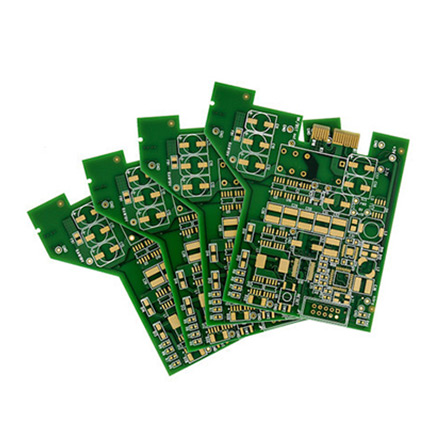

The Significance of Toughened Plain Glass Properties, Applications, and Benefits
Toughened plain glass, often known as tempered glass, has revolutionized the way we think about safety and durability in the glass industry. This type of glass is produced through a process of extreme heating and rapid cooling, which significantly enhances its strength and thermal resistance compared to standard glass. As a result, toughened plain glass has become a staple in various applications, from architectural designs to everyday household items.
Properties of Toughened Plain Glass
The primary characteristic of toughened plain glass is its remarkable strength. Its ability to withstand pressure and resist impact makes it an ideal material for environments where safety is paramount. Traditionally, glass can shatter into sharp, dangerous shards when broken. However, toughened glass fractures into small, blunt pieces, significantly reducing the risk of injury. This unique property makes it suitable for use in places like shower doors, patio doors, and glass fences.
Another important property is thermal shock resistance. Toughened glass can endure sudden and extreme temperature changes, making it an excellent choice for applications involving heat exposure. For instance, it is widely used in oven doors and glass cooktops, where it must withstand high temperatures without cracking or breaking.
Additionally, toughened plain glass is lightweight compared to other materials of similar strength, making it easier to handle and install. This feature, combined with its aesthetic appeal, has led to its use in various design elements in contemporary architecture.
Applications of Toughened Plain Glass
The applications of toughened plain glass are vast and varied. In the architectural realm, it is commonly used in facades, glass walls, and skylights, enhancing both the aesthetic and structural integrity of buildings. When employed in commercial spaces, such as storefronts and office partitions, toughened glass provides a modern and transparent feel while ensuring safety and durability.

In residential settings, the use of toughened glass in windows and balcony railings not only increases safety but also contributes to energy efficiency. With advancements in energy-saving technologies, toughened glass can now be designed to provide insulation, reflecting heat in the summer while keeping warmth inside during the winter.
The automotive industry also benefits from toughened plain glass. It is commonly used for side and rear windows in vehicles, where safety, clarity, and the ability to withstand impact are crucial. Furthermore, the use of toughened glass in shower enclosures and glass doors in homes brings a touch of luxury while ensuring functionality.
Benefits of Using Toughened Plain Glass
The benefits of using toughened plain glass extend beyond its physical properties. From a safety perspective, its ability to minimize injury from breakage is invaluable in high-traffic areas and places frequented by children. Moreover, its thermal stability reduces the likelihood of glass failure in environments with fluctuating temperatures, making it a reliable choice for various applications.
In terms of maintenance, toughened glass is less prone to scratches and easier to clean compared to some other surfaces. This aspect translates into reduced long-term maintenance costs, making it a cost-effective option for both residential and commercial settings.
Finally, the environmental impact of toughened plain glass is noteworthy. Glass is a recyclable material, and as the world moves towards more sustainable practices, the use of toughened glass supports a circular economy. Its longevity and durability mean that it does not need to be replaced as frequently as ordinary glass, further reducing waste.
Conclusion
In summary, toughened plain glass stands out as a remarkable material that successfully combines safety, strength, and aesthetic appeal. Its multiple applications across various industries highlight its versatility and importance in modern society. As technology continues to advance, the capabilities and uses of toughened glass are likely to expand even further, solidifying its position as a cornerstone of both functional design and innovative architectural solutions. Whether in the form of stunning building facades or everyday items, toughened plain glass is integral to creating safer and more beautiful environments.